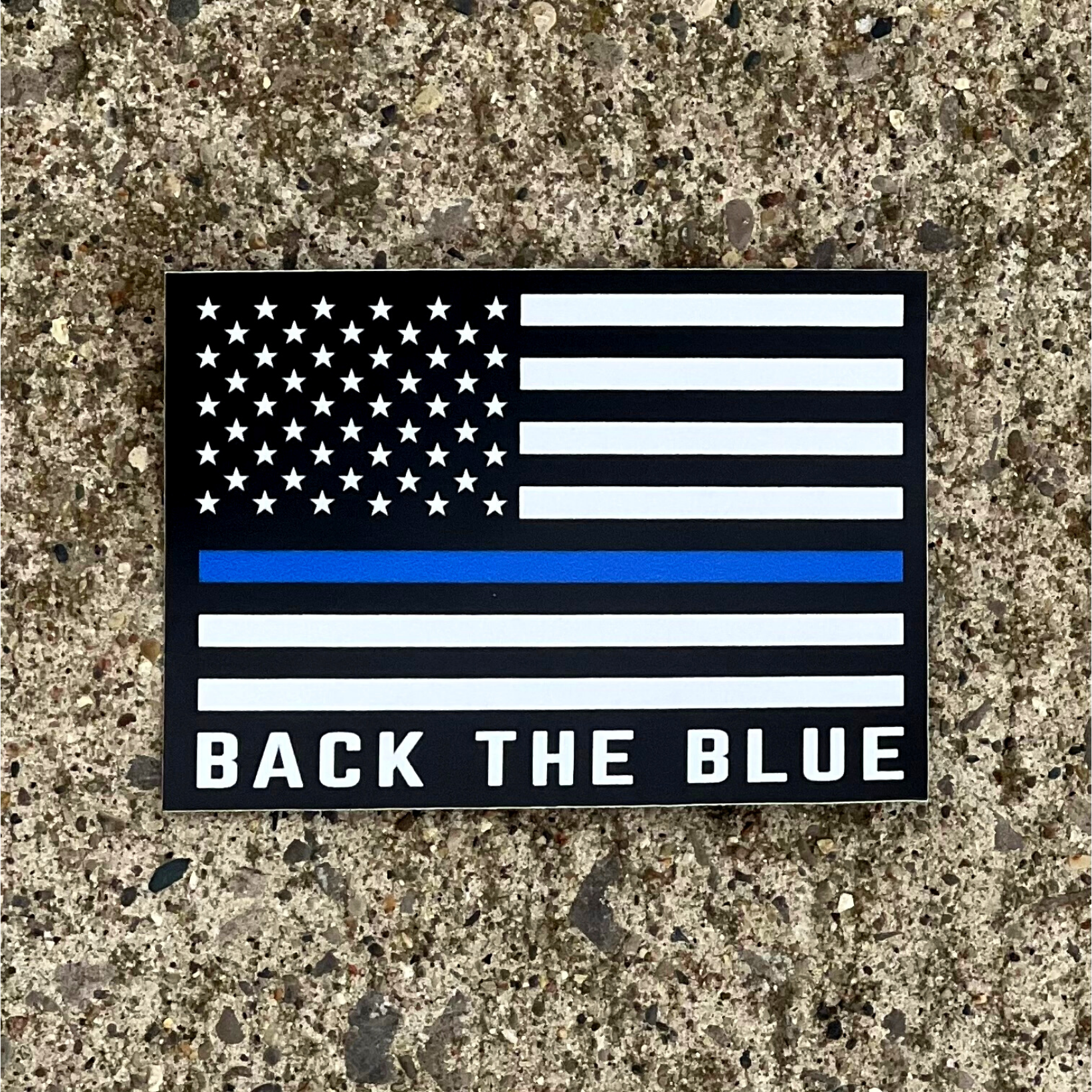
The police academy is a rigorous and mentally and physically challenging program that requires dedication, hard work, and a willingness to learn. Although the training is intense, it is also an exciting and rewarding experience.
While it is essential to understand the expectations of the academy you’ll be attending; there are some tips you can use to prepare for your career in law enforcement.
Meet the Minimum Requirements
To enter the police academy, you must meet certain minimum requirements for your application to be accepted. Most institutions require a high school diploma or a GED. You must be a U.S. citizen or have resident alien status demonstrating intent to become a citizen and be at least 21 years old to apply (although some agencies accept applicants as young as 18).
Police academies also have strict requirements regarding an applicant’s criminal and employment history and overall character and integrity. Applicants will be required to pass a background check and polygraph test and be disqualified if they have a history of certain criminal behavior or dishonesty.
You’ll also need to submit your fingerprints, and you should have a valid driver’s license at the time of your application.
Train for the Physical Assessment
Physical fitness tests will vary, but all agencies’ three standard fitness requirements include push-ups, sit-ups, and a 1.5-mile run or a shuttle run.
You need to reach specific benchmarks, depending on the academy you attend. Some departments also use a sliding scale according to age and gender.
For example, Michigan applicants need to pass the Michigan Commission on Law Enforcement Standards (MCOLES) pre-test before applying. All applicants must complete a half-mile shuttle run (a timed run of 15 rounds between 2 pylons that are placed 88 feet apart). Males between 18-29 need to complete the run in under 4:29.6, while females in the same age group must complete the run in at least 5:35.4. Applicants must perform as many push-ups and sit-ups in 60 seconds as possible, as well as a vertical jump.
To prepare for the physical assessment, develop a training program based on the requirements for your academy. Start training at least 12 weeks before your test, and make sure you work out at least 6 times a week, alternating strength and cardio exercises.
To improve your cardiovascular fitness, start with shorter distance runs and gradually build up to 1.5 miles or more. Invest in a fitness watch and aim to keep your heart rate at about 77% to 94% of your maximum heart rate. You can calculate your MHR by subtracting your age from 220.
You can also wear a weighted vest when running to increase your oxygen expenditure and practice real-world scenarios like performing LEO duties while wearing a bulletproof vest.
Other basic physical training techniques include practicing variations on sit-ups and push-ups, like diamond push-ups and Russian twists, and high-intensity interval training (HIIT) exercises to improve your core strength.
Prepare for the Entrance Exam
Many police academies require applicants to take and pass an entrance exam as part of the selection process. The police written exam is used to determine if an applicant used the foundational skills required to perform the work of a police officer. It is similar to college entrance exams, like the SAT or ACT.
The specific type of exam will vary by the academy and may be developed by the department to which you are applying, your state’s Peace Officer Standards & Training (POST) Board, or a third party. It includes a written test that assesses an applicant’s reading comprehension, writing skills, and law enforcement knowledge. Most departments require at least 70% on all sections to pass the police exam.
The written test typically covers topics such as:
- Constitutional law
- Community policing
- Laws of arrest, search, and seizure
- Traffic control
- Incident response
- Ethics
- Cultural diversity
- Incident report writing
While there is no national standard entrance exam to be accepted into the police academy, many U.S. agencies use the FrontLine National Exam. The FrontLine National Exam is considered one of the most rigorous entrance exams in the country. Numerous online resources offer educational resources and practice exams to help you prepare for your academy entrance exam.
Practice Gun Safety
As part of your academy training, you’ll be expected to learn to use a firearm proficiently. Although some firearm experience can be beneficial, most agencies have their own techniques and duty pistol specifications. It can be challenging to unlearn firearm carry and handling habits.
However, you can practice gun safety. Follow the NRA’s guidelines for gun safety to keep yourself and your fellow officers safe in the line of duty. Always assume the gun is loaded, never point it at anything you don’t intend to shoot, and keep your finger off the trigger until you are ready to shoot.
There are numerous gun safety courses before applying to the police academy to familiarize yourself with handling firearms and gun safety.

Support Law Enforcement with Freedom Fatigues
Those who choose to become police officers show a level of dedication and courage that few other professions require. Show your support for new and veteran law enforcement officers who risk their lives to give back to the community every day by wearing pro-police and patriotic clothing and accessories from Freedom Fatigues.
By purchasing items like t-shirts, bumper stickers, and paracord bracelets that feature the thin blue line, you can show appreciation for the brave men and women who act in the line of duty in service to others.
Freedom Fatigues also helps you give back to law enforcement communities by donating part of the proceeds from sales of these items to charities like Blue H.E.L.P. and Call For Backup, which support veterans and first responders.



